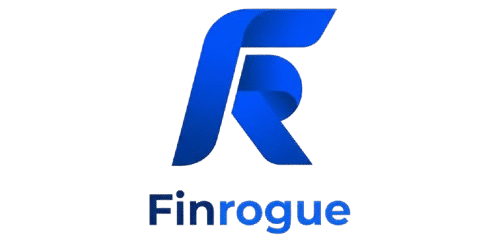Start by addressing the common—and often correct—advice that Whole Life (WL) is a terrible investment for most people. Then, pivot. Introduce the “conundrum”: for a high-net-worth individual who has already maxed out retirement accounts ($401k, IRA, HSA), It’s a mindset shift similar to how investors re-evaluate tech tools once the basics are optimized — like moving from saving time with AI-powered productivity apps to actually compounding efficiency. WL insurance shifts from being a bad investment to a strategic, tax-advantaged asset class.
→ Link to IRS contribution limits for 401(k) and IRA.
“Once you’ve maxed out the public tax shelters, you’re left with one fundamental problem: where to put the money so that growth is protected and liquidity is still possible. That’s the only job Whole Life is designed to do.”

Section 1: The Tax-Advantaged Stack
To understand Whole Life (WL), you have to view your finances as a tax-optimized hierarchy. WL is not the base layer; it’s the capstone—the last layer of the “tax stack.”
- Level 2: The Roth: Max out your tax-free growth contributions (Roth IRA, Roth 401(k)).
- Level 3: Specific Goals: Max out other specialized accounts (HSA for health, 529 for education).
- Level 4: The Capstone (Whole Life): Once all other tax advantages are exhausted, WL offers a final, unique advantage: tax-deferred growth of cash value and tax-free access to that money during your lifetime.
Section 2: Why Policy Design is Everything
The biggest mistake people make is buying a badly designed policy that channels all their premium into the high-commission insurance side, rather than the cash-value growth side. If you’re using WL as an asset, the design must prioritize cash value.



